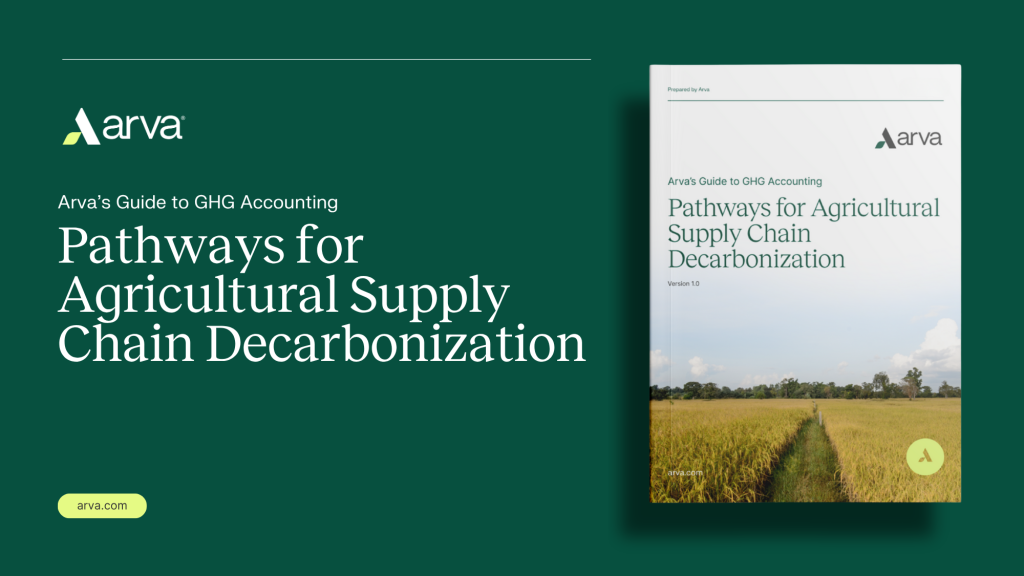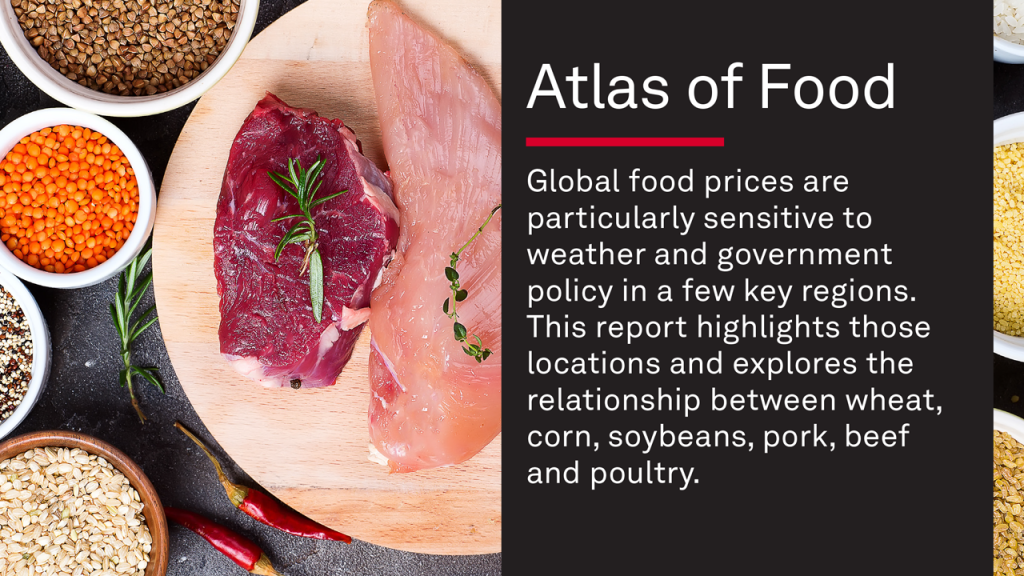The Sustainable Forest Products Industry, Carbon and Climate Change: Key Messages for Policy-Makers
In this report from the WBCSD, technological innovation and accelerated capital stock turnover are found to be the best ways that the forest products industry can significantly reduce greenhouse gas emissions.
The forest products industry can contribute significantly toward reducing greenhouse gas emissions if certain policy recommendations are effectively implemented, according to this report by the World Business Council for Sustainable Development.
The best way for the industry to reduce emissions is through technological innovation and accelerated capital stock turnover. The report, “The Sustainable Forest Products Industry, Carbon and Climate Change: Key Messages for Policy-Makers” illustrates that the connections between the forest products industry and the global carbon cycle are complex, and hastily enacted climate change policies may have unintended consequences on the industry. Moreover, the industry is capital intensive, with very long-lived capital equipment. Long planning horizons are therefore one of the most difficult challenges facing this industry.
For example, the typical predicted lifetime for a power plant, chemical pulp mill or paper production line is 25 years. Decisions concerning fuels, energy procurement options, production processes and their efficiencies, as well as main raw materials and product categories, are set years in advance.
Leading companies in the industry have already taken steps to substantially reduce greenhouse gas emissions, including:
- The European pulp and paper industry has set a voluntary goal to achieve on average a 25 percent increase in biomass share of on-site biomass primary energy consumption for heat and power and an increase in biomass share of total on-site primary energy consumption from 49 percent to 56 percent by 2010.
- The American Forest and Paper Association has set itself the goal to reduce the greenhouse gas intensity (i.e., a reduction in greenhouse gas emissions per ton of production) of its membership by 12 percent by 2012.
- Canada’s pulp and paper sector cut greenhouse gas emissions by 22 percent during the 1990-2000 period while expanding output by a similar magnitude. In November 2003 it became the first industry in Canada to sign a Memorandum of Understanding with the federal government committing to further emissions reductions in the 2008-2012 period as part of Canada’s plan for reaching its targets under the Kyoto Protocol.
- The Japan Paper Association has targeted a 13 percent reduction in energy intensity and a 10 percent reduction in CO2 emissions intensity by 2010, compared to 1990 levels.









